The History of Bricks, Part 1
Give me a brick and it becomes worth its weight in gold.
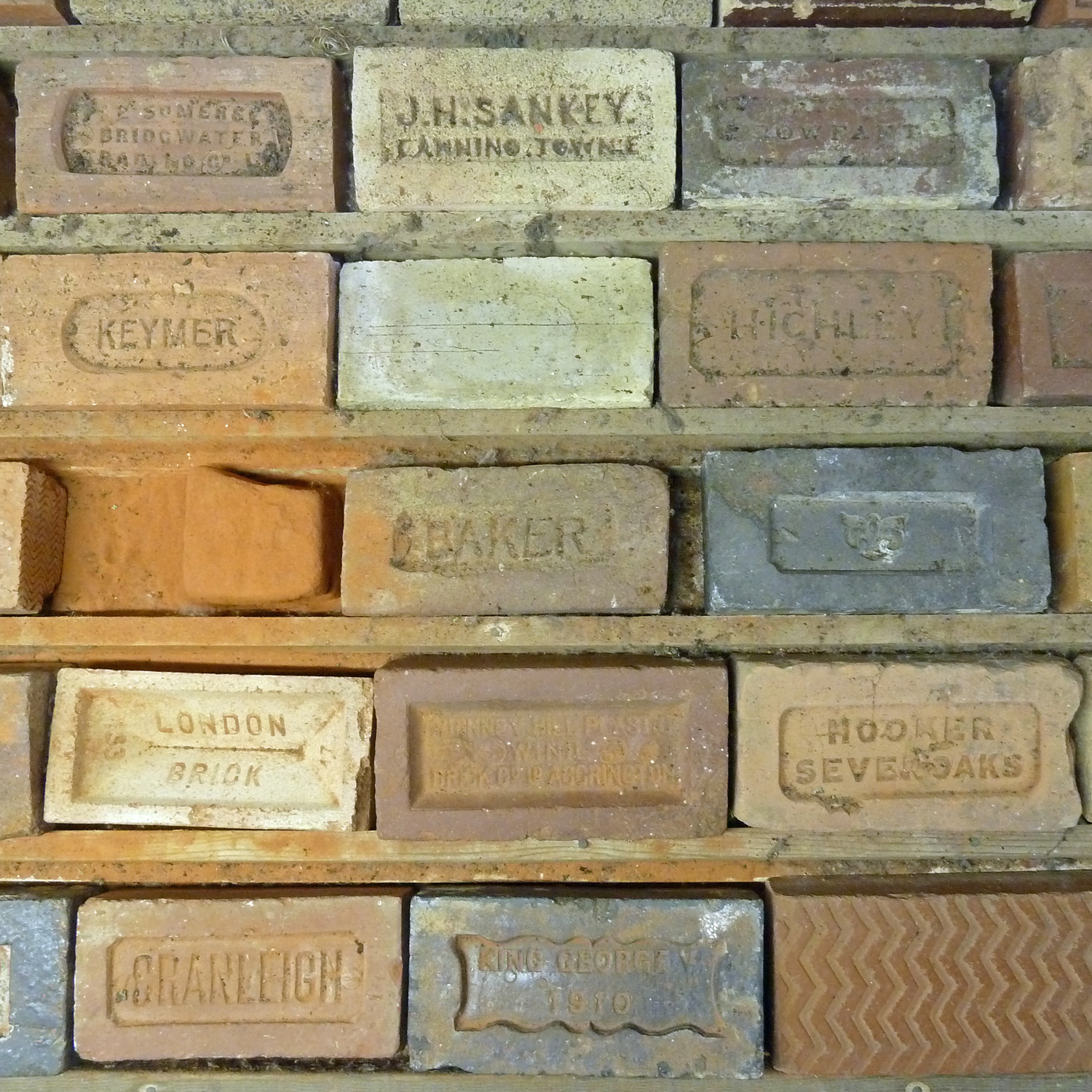
We’ve never actually promised any of our clients that we can turn bricks into gold, as far as we can recall, but Frank Lloyd Wright evidently once made this bold claim in a lecture. We’re of a more modest disposition, like German-American modernist architect, Ludwig Mies van der Rohe, who said this: ‘Architecture starts when you carefully put two bricks together. There it begins.’
Yes, there it begins for us when we design a building, very often with a humble brick as a starting point, (other materials are available). But…
Even a brick wants to be something.
A brick wants to be something.
It aspires.
Even a common, ordinary brick wants to be something more than it is.
It wants to be something better than it is.’
Louis Kahn, architect
We’d like to tell you about our passion for bricks. And bricks have a history as long as that of architecture itself.
Ancient bricks
Think back, if you will, to 7000 BC. Let us transport you to southern Turkey, to the site of a settlement called Jericho. Here, you will find one of the earliest recorded examples of bricks being used in construction. These bricks were simply mud, hardened in the heat of the sun, giving a lie to the old proverb, ‘You can’t make bricks without straw.’
Certainly, in biblical times, straw was a valued component in the making of bricks. ‘Ye shall no more give the people straw to make brick, as heretofore: let them go and gather straw for themselves,’ said the Pharoah of Egypt. (Exodus 5:1-70)
The greatest development in brickmaking came in about 3500 BC when fired bricks were introduced, meaning that use of bricks was no longer confined to hot climates.
Roman bricks
Romans excelled at everything, it seems. They employed mobile kilns so that bricks could be supplied throughout the country via military legions, who stamped them with their own insignia. They generally made them in the spring out of red or white clay, then stored them for two years before use. The bricks came in a variety of shapes—round, triangular and square, as well as rectangular—and some measured as much as 24” x 12” x 4”. When fragments are found, on archaeological sites, it’s sometimes impossible to differentiate bricks for building from tiles for roofing and flooring, since most Roman bricks are much longer and flatter than the ones we use today.
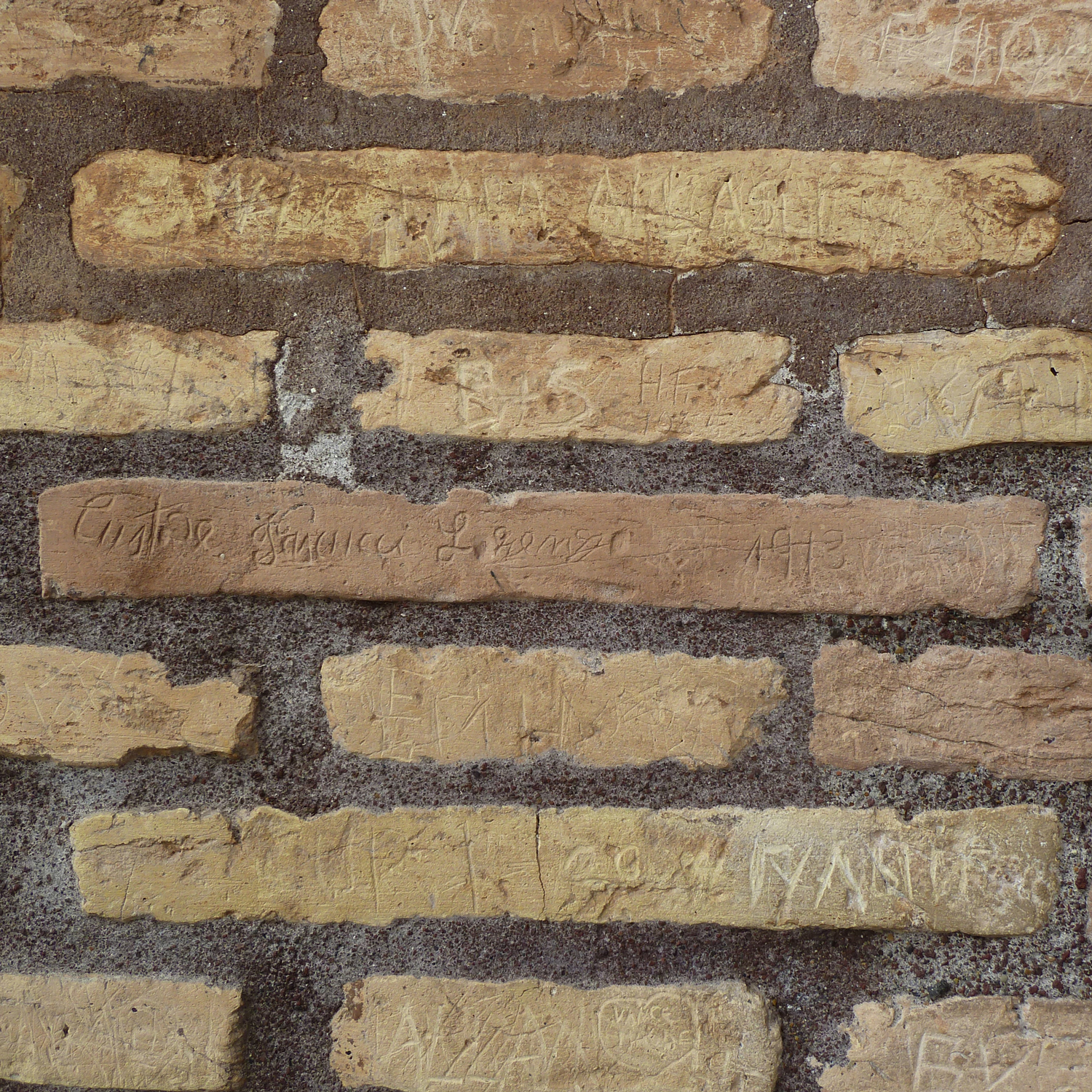
The writing on the wall, The Colosseum, Rome
The Romans took their brickmaking skills all over their empire, but after its introduction into Britain, there was a gap of many centuries in major brick production. Considered to be inferior to stone, after the Roman empire fell, it wasn’t until the late Middle Ages that brick became popular once more.
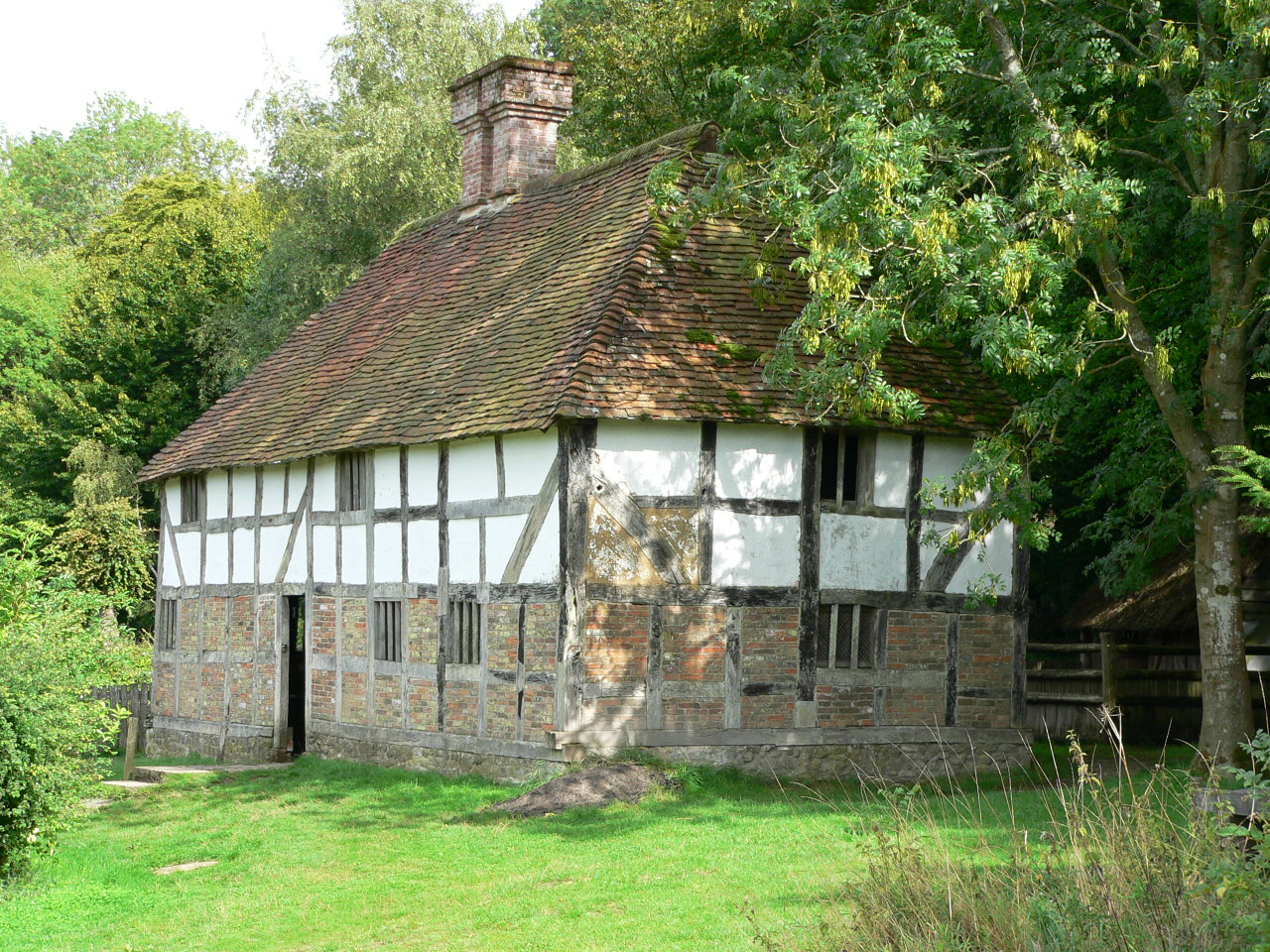
Pendean Farmhouse from Midhurst, Weald & Downland Living Museum
Tudor and Georgian bricks
In Tudor times in the east of England, stone was in short supply, so brickmaking was a practical imperative and craftsmen emerged as serious rivals to much revered stonemasons, though it was, of necessity, a seasonal activity and often impeded by inclement weather. Standard shapes were produced, as well as elaborate formations such as the exciting spirals used on chimneystacks, so very characteristic of the era. They loved to pattern brickwork by vitrifying or over burning quarter brick offsets. Hampton Court, built in the early 16th century, is a monument to the achievement of brick construction, and of course, after the 1666 Fire of London, there was a movement away from highly flammable timber framed buildings, as designated by Charles I.
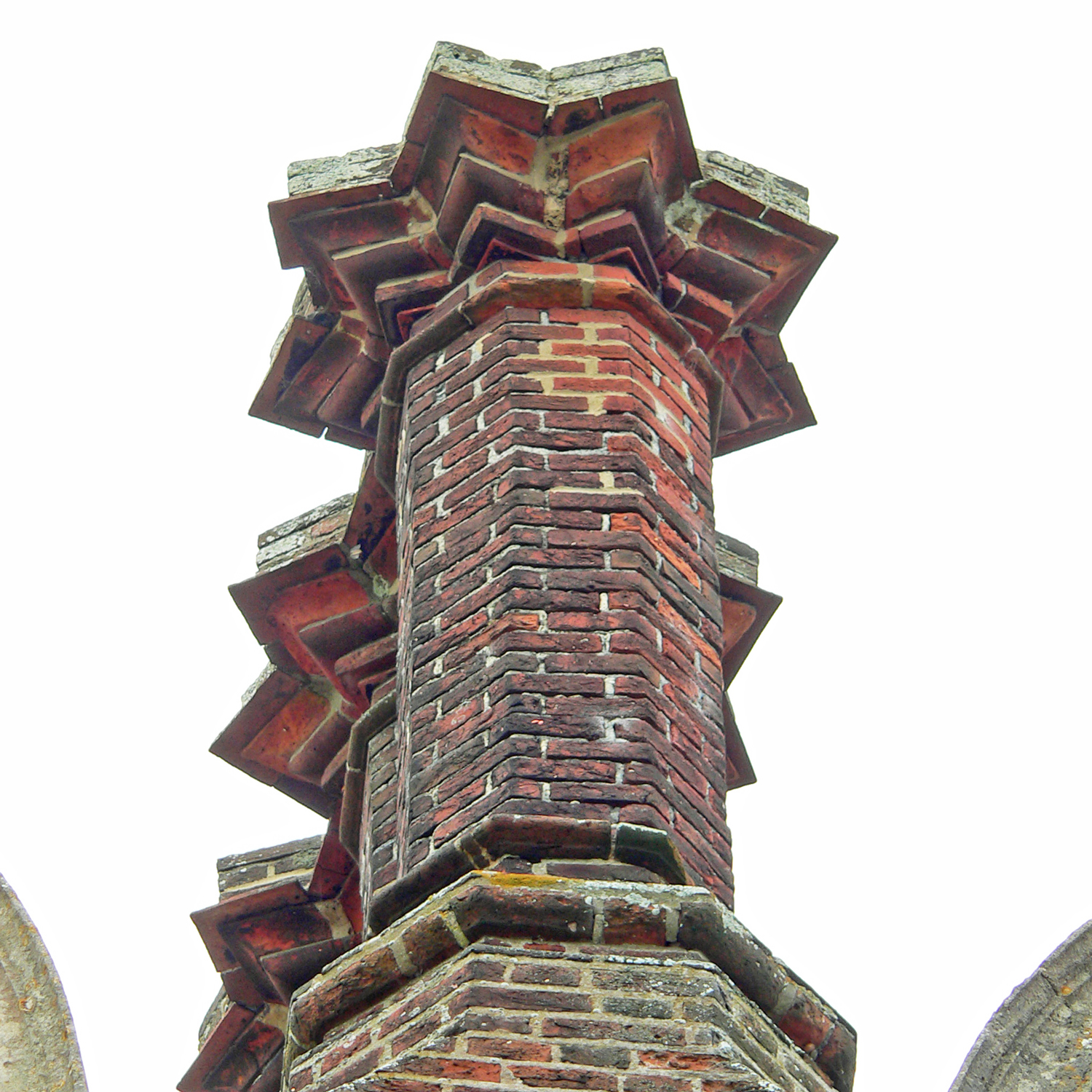
The latter part of the 17th and early 18th century saw a high point in the use of bricks in construction, with blends of clay, better techniques leading to greater consistency in shape and size—although it is to be noted that each brick was still made by hand in a wooden mould. The colour range developed from red, purple or grey, to incorporate brown and pinkish grey. By 1800, yellow marl and malm London bricks came to prominence, used for most of the building work in the south east of England. According to The Builders Price-Book (1787, I & J Taylor), ‘best marl stocks’ would cost £4 per thousand in 1787. Today, you could expect to pay around £1 per brick for reclaimed marls.
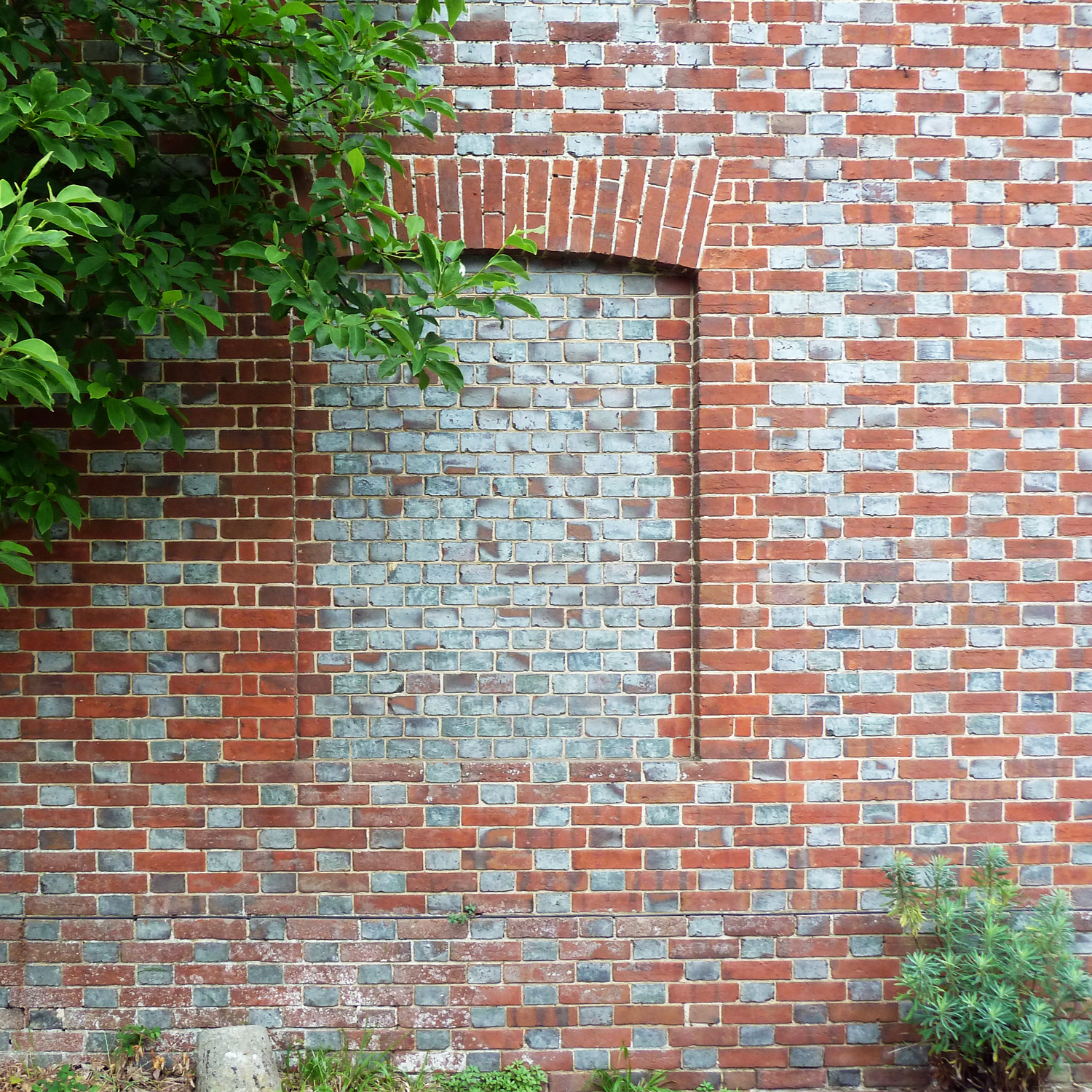
With a poor transport infrastructure, bricks were made mostly on site, or in small works dispersed across the country, with concentrations around cities. Regional variations in brick style and colour, a result of the minerals present in local clay, were commonplace.
And then came the industrial revolution…
In Part 2, we take the history up to the present day, and explore how our work as architects is informed by the function and aesthetics of bricks
